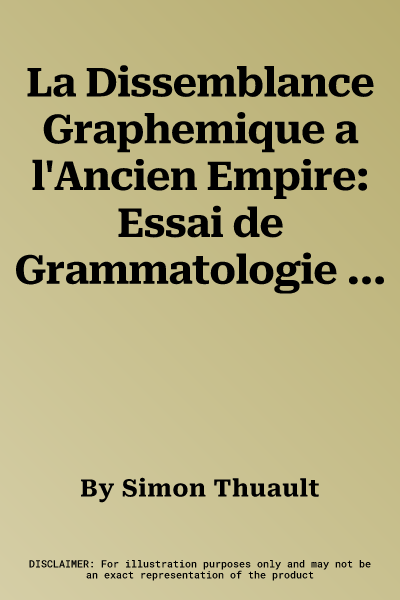Simon Thuault
(Author)La Dissemblance Graphemique a l'Ancien Empire: Essai de Grammatologie CognitivePaperback, 10 December 2020

Qty
1
Turbo
Ships in 2 - 3 days
Only 3 left
Free Delivery
Cash on Delivery
15 Days
Free Returns
Secure Checkout

Part of Series
Lingua Aegyptia Studia Monographica
Print Length
376 pages
Language
French
Publisher
Widmaier, Kai
Date Published
10 Dec 2020
ISBN-10
3943955230
ISBN-13
9783943955231
Description
Product Details
Author:
Book Format:
Paperback
Country of Origin:
US
Date Published:
10 December 2020
ISBN-10:
3943955230
ISBN-13:
9783943955231
Language:
French
Location:
Hamburg
Pages:
376
Publisher:
Weight:
199.58 gm